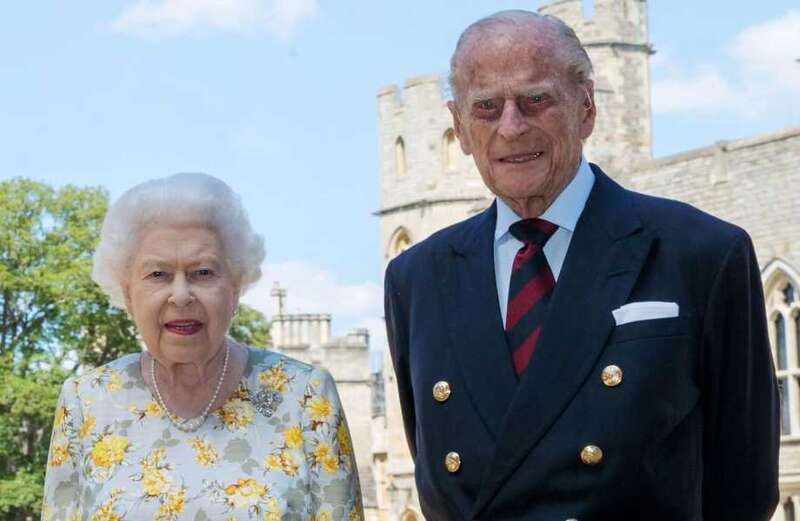AFTER joining the British Royal Family, Prince Philip cemented his name in history in the 1940s.
Married to the nation's beloved Queen Elizabeth II, people have often wondered why the Duke of Edinburgh was a Prince and not a King. Here we explain why.

Was Philip the Prince of Greece and Denmark?
Prince Philip's birth name was Philippos Schleswig-Holstein Sonderburg-Glucksburg.
He was born Prince Philip of Greece and Denmark on June 10, 1921, in Corfu, Greece.
Philip's father was Prince Andrew of Greece and Denmark, while his mother was Princess Alice of Battenberg.
 Royals ‘brace for Meg memoir’ after Harry's book ‘to rip Wills & Kate’
Royals ‘brace for Meg memoir’ after Harry's book ‘to rip Wills & Kate’
After his family were exiled from Greece he became a naturalised British subject and adopted his grandparents' surname, Mountbatten.
Prince Philip was persuaded to use this name, which was an anglicised version of his mother’s maiden name, by his uncle and mentor, Louis Mountbatten.
The then Princess Elizabeth married Prince Philip of Greece and Denmark, as he was then known, on November 20, 1947.
The couple had met 13 years earlier, at the wedding of Princess Marina of Greece and Denmark and Prince George, Duke of Kent, in 1934.
After a third meeting in July 1939 our future Queen, who was just 13 years old at the time, is said to have fallen in love with Philip and they began exchanging letters.
The couple became secretly engaged in 1946 and Elizabeth's father, King George VI, ordered that any formal engagement was delayed until after his daughter's 21st birthday in April 1947.
Their engagement was officially announced in July of the same year.
They reached their platinum wedding anniversary in 2017 which marked 70 years since their big day.
Queen Elizabeth II and Prince Philip had been married for 73 years before the Duke of Edinburgh died on April 9, 2021.
Why was Prince Philip not called King Philip?
The reason Philip did not become King when he married the Queen stems from a parliamentary law.
 Inside Camilla's £850k 'guilty pleasure' country pad - and Charles 'hates' it
Inside Camilla's £850k 'guilty pleasure' country pad - and Charles 'hates' it
The law relating to succession doesn't relate to bloodline - only gender.
The spouse of a ruling king or queen is known as a consort.

Why was Prince Philip called the Duke of Edinburgh?
On his wedding day on November 20, 1947, Philip was given the title of Duke of Edinburgh by his father-in-law King George VI.
After Queen Elizabeth II ascended the throne, she made the decision in 1957 to make Philip a Prince of the UK, in addition to his dukedom.
Since 1726, the title of Duke of Edinburgh has been given to four members of the British Royal Family.
It does not include any territorial landholdings and does not produce any revenue for the title-holder.
After Queen Elizabeth II died, the title of Duke of Edinburgh was given to her son Prince Edward.

When did Philip become a Prince consort?
Philip became Prince consort when his wife's accession to the throne on February 6, 1952.
This was the day that Elizabeth became Queen after her father died.
Philip held the title until his death in 2021, making him the longest-serving royal consort in history.
What other titles did Prince Philip have?
Along with Prince Philip, Prince consort, Duke of Edinburgh and Prince of the United Kingdom, Philip had two other titles.
One of them was Earl of Merioneth and the other was Baron Greenwich.
However, over the years Philip was mainly referred to as the Duke of Edinburgh.


Why is Camilla a Queen?
When Charles first became King following the sad death of his mother, Camila's title was Queen Consort.
She remained with this title until the Coronation, when it was announced she would just go by the title Queen Camilla.
However, she still remains a consort and isn't a queen in the same way as Queen Elizabeth II.



































